Muscle Activation Technique (MAT) helps improve muscle function and performance. If you’re recovering from an injury, dealing with pain, or seeking to boost your athletic performance, MAT could help. This article covers what MAT is, how it works, and its benefits.
Key Takeaways
-
Muscle Activation Techniques (MAT) effectively correct muscle inhibition, enhancing performance and reducing injury risk.
-
MAT involves personalized assessments and exercises to identify and strengthen underperforming muscles, promoting recovery and mobility.
-
Engagement with a qualified MAT therapist is essential for optimal results, requiring commitment and consistency in sessions to achieve desired improvements.
Understanding Muscle Activation Technique

Muscle Activation Techniques (MAT) is a hands-on neuromuscular therapy designed to correct muscle inhibition. This technique involves the stimulation of muscle fibers to enable movement, playing a pivotal role in sports science. When muscles are inhibited, they lose their ability to contract effectively, leading to muscle dysfunction and reduced performance. MAT aims to re-establish the communication between the nervous system and muscles, enhancing their contractile ability and overall function, correcting muscle inhibition.
Imagine your muscles as a symphony orchestra. When all instruments (or muscles) play in harmony, the result is beautiful music (or optimal movement). However, if one section is out of tune, the performance suffers. Similarly, MAT helps to ensure that all muscles are functioning properly, reducing the risk of injury and improving performance.
The effectiveness of MAT is best understood through personal experience. This hands-on approach not only facilitates recovery but also promotes long-term muscular health. Addressing muscle inhibition and restoring proper muscle function, MAT can transform the way you move and feel every day.
How Muscle Activation Techniques Work
Muscle Activation Techniques (MAT) involves a systematic approach that incorporates various assessments to determine movement restrictions and muscle weaknesses. Practitioners evaluate muscles that are not functioning properly to identify areas of inhibition. This customized assessment pinpoints specific muscles that are underperforming, which may lead to discomfort or injury.
Once the weak or inhibited muscles are identified, the MAT process begins. Focusing on these underperforming muscles, MAT strengthens them, enhancing overall muscle function and alleviating discomfort. Correcting muscle imbalances not only promotes improved movement patterns but also reduces the strain on other muscles and joints, addressing weak muscle weakness effectively.
MAT is particularly beneficial for individuals recovering from injuries, as it aids in reactivating muscles and restoring function post-injury. The foundational principle of MAT is that weak muscles indicate limitations in range of motion, which must be addressed. Combining manual therapy with exercise, MAT restores proper muscle activation and improves injury resilience.
Benefits of Muscle Activation Techniques

The benefits of Muscle Activation Techniques (MAT) are extensive and multifaceted. MAT treatments are designed to identify and address muscle dysfunction, providing customized solutions for pain relief and improved mobility. Focusing on restoring proper muscle activation, MAT not only helps in pain relief but also reduces the likelihood of future injuries.
One of the key advantages of MAT is its ability to address muscle imbalances and enhance overall muscle function. Instead of merely alleviating symptoms, MAT aims to correct the underlying muscular imbalances, leading to improved performance and reduced discomfort. Addressing inhibited muscles can restore proper range of motion, providing greater stability and mobility.
Engagement with MAT professionals can lead to notable athletic performance improvements, often after just a few sessions tailored to specific conditions. Long-term engagement with MAT can result in enhanced muscle function and performance, reducing the risk of injury and promoting overall muscular health.
Who Should Consider MAT?
Muscle Activation Techniques (MAT) can benefit a wide range of individuals. Athletes, in particular, can greatly benefit from MAT as it accelerates recovery and addresses muscular dysfunction to enhance performance. Focusing on the root causes of muscle imbalances, MAT helps athletes optimize their physical performance and reduce the risk of future injuries.
Individuals suffering from chronic pain or limited mobility may also find relief through MAT. Promoting joint stability and flexibility, MAT improves overall movement and alleviates discomfort. The MAT system is customized to meet individual neuromuscular needs, allowing for quicker recovery from injuries and personalized treatment plans.
Common Exercises in MAT Programs

Muscle Activation Techniques (MAT) programs often include a variety of exercises designed to enhance muscle activation and overall physical performance. Isometric exercises, such as wall sits and planks, are commonly used in MAT programs. These exercises focus on maintaining a specific position to build strength and endurance without joint movement.
Dynamic movements are often incorporated alongside isometric holds to tailor workouts to individual needs and enhance overall muscle activation. For example, exercises like glute bridges engage key muscle groups and can help improve strength while being adaptable for various fitness levels.
The high plank position is another effective exercise in MAT programs, engaging multiple muscle groups simultaneously. Personalized MAT programs focus on tailoring sessions to individual neuromuscular needs, enhancing recovery and performance.
Duration and Commitment for Effective Results
Achieving effective results with Muscle Activation Techniques (MAT) requires a certain level of commitment and consistency. Rest periods are essential in MAT programs to facilitate recovery and healing, allowing muscles to repair and grow stronger. Incorporating rest periods into the program is crucial for ensuring the muscles recover and heal effectively.
Clients may need to commit to a minimum of 6-12 sessions to fully benefit from MAT. Consistency in attendance is crucial, with recommended sessions often scheduled two to three times per week. The duration of each MAT session usually ranges from 30 to 60 minutes, depending on individual needs and goals.
Maximizing the benefits of MAT requires maintaining a long-term commitment. Consistent attendance at MAT sessions can enhance muscle activation and overall effectiveness of the treatment. By addressing the underlying issues and promoting proper muscle function, MAT offers a more effective solution for improving performance and reducing the risk of injury.
Choosing a Qualified MAT Therapist

Selecting a qualified Muscle Activation Techniques (MAT) therapist is crucial for ensuring the effectiveness and safety of your treatment. Before committing, consult potential therapists to discuss their experience, treatment plans, and expected outcomes. During the consultation, inquire about the therapist’s experience, treatment strategies, and what results can be anticipated.
It’s also important to evaluate the therapist’s communication style and ensure you feel comfortable discussing your concerns. A good therapist will listen to your needs, provide clear explanations, and tailor the treatment to your specific goals.
Choosing a qualified and experienced MAT therapist ensures optimal results and improves your muscular health.
Pricing and Accessibility of MAT Services
Understanding the cost and accessibility of Muscle Activation Techniques (MAT) services is essential for making an informed decision. The initial full exam for MAT costs around $285, which includes assessments and sessions. Those addressing a single area of concern can opt for a limited exam available at approximately $185.
Established patients can expect to pay $60 for muscle activation per muscle, with each session lasting about 10 minutes. Spinal adjustments for maintenance are available to established MAT patients for about $45. The cost of MAT services can vary significantly based on the type of treatment and the number of muscles addressed in a session.
Accessibility to MAT services can differ by location, affecting both pricing structures and service availability. It’s important to verify the MAT therapist’s credentials and certifications to ensure they have the proper qualifications. Seek referrals or recommendations from trusted sources to find reputable MAT therapists.
Contact Us for Personalized MAT Programs
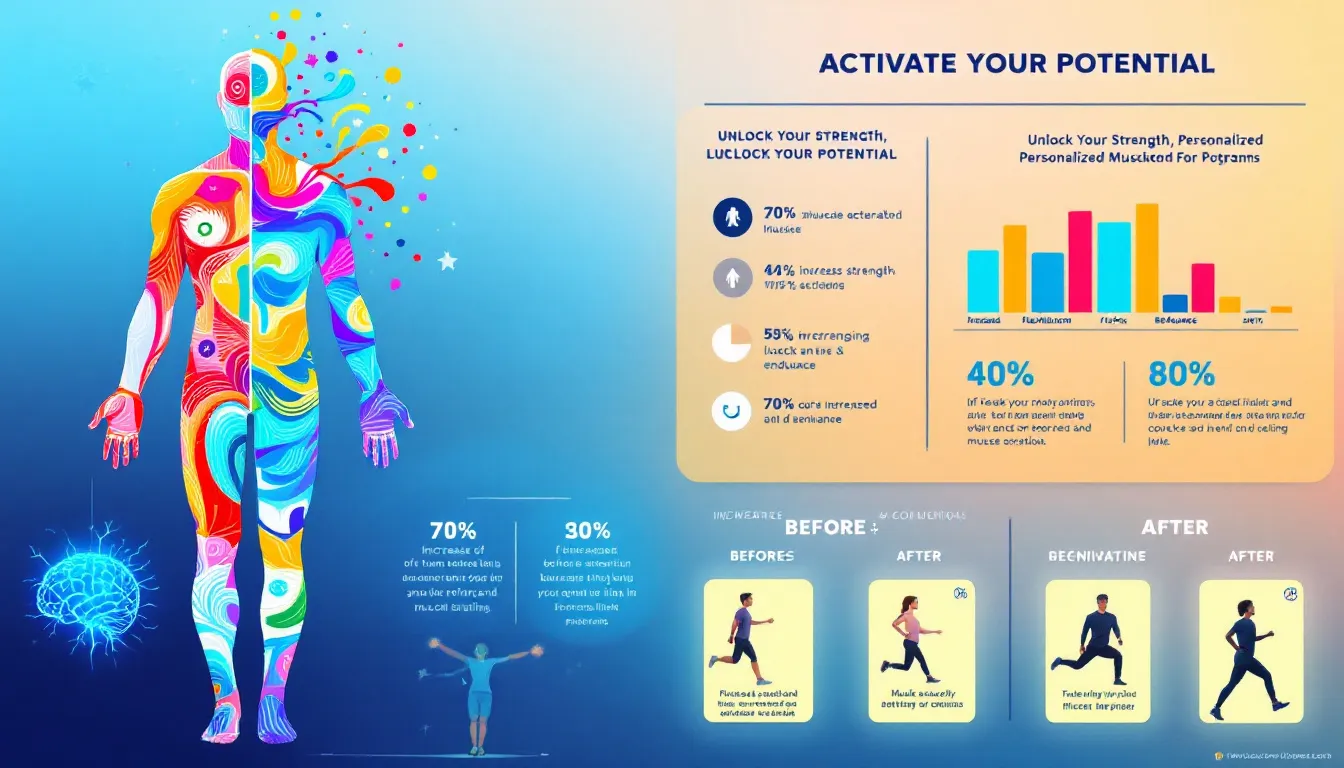
If you’re ready to experience the benefits of Muscle Activation Techniques (MAT), our team of certified MAT therapists is here to help. Whether you’re an athlete looking to enhance performance, someone experiencing chronic pain, or simply seeking to improve your mobility, personalized MAT programs can make a significant difference.
Choosing a certified MAT therapist is crucial for ensuring the effectiveness and safety of your personalized MAT experience. We offer a range of pricing options to fit different budgets and locations, making MAT services more accessible to everyone.
Contact us today to begin your journey towards improved muscular health and performance.
Summary
In summary, Muscle Activation Techniques (MAT) offer a comprehensive approach to improving muscular health and performance. By addressing muscle inhibition and correcting muscular imbalances, MAT enhances overall muscle function and reduces the risk of injury. Whether you’re an athlete or someone experiencing chronic pain, MAT can provide customized solutions for pain relief and improved mobility.
Take the next step towards optimizing your muscular health by exploring MAT. With the guidance of a qualified MAT therapist, you can unlock your body’s full potential and achieve your fitness goals. Don’t wait—start your journey with MAT today and experience the transformative benefits for yourself.
Frequently Asked Questions
What is Muscle Activation Techniques (MAT)?
Muscle Activation Techniques (MAT) is an effective neuromuscular therapy aimed at correcting muscle inhibition and enhancing overall muscle function. By addressing these issues, MAT can significantly improve physical performance and well-being.
Who can benefit from MAT?
Individuals such as athletes, those experiencing chronic pain, and people with limited mobility can greatly benefit from MAT. This approach can enhance recovery, improve movement efficiency, and promote overall well-being.
How does MAT work?
MAT works by systematically assessing and identifying weak or inhibited muscles, followed by targeted exercises to strengthen them and correct any muscle imbalances. This approach helps enhance overall muscle function and performance.
What are the common exercises in MAT programs?
Common exercises in MAT programs typically feature isometric exercises such as wall sits and planks, alongside dynamic movements including glute bridges and high plank positions. Incorporating these exercises can enhance strength and stability effectively.
How much does MAT cost?
The cost of MAT services typically includes initial exams at approximately $285, limited exams at $185, and sessions for established patients ranging from $60 per muscle to $45 for spinal adjustments. It's advisable to check with your provider for specific pricing and any potential insurance coverage.


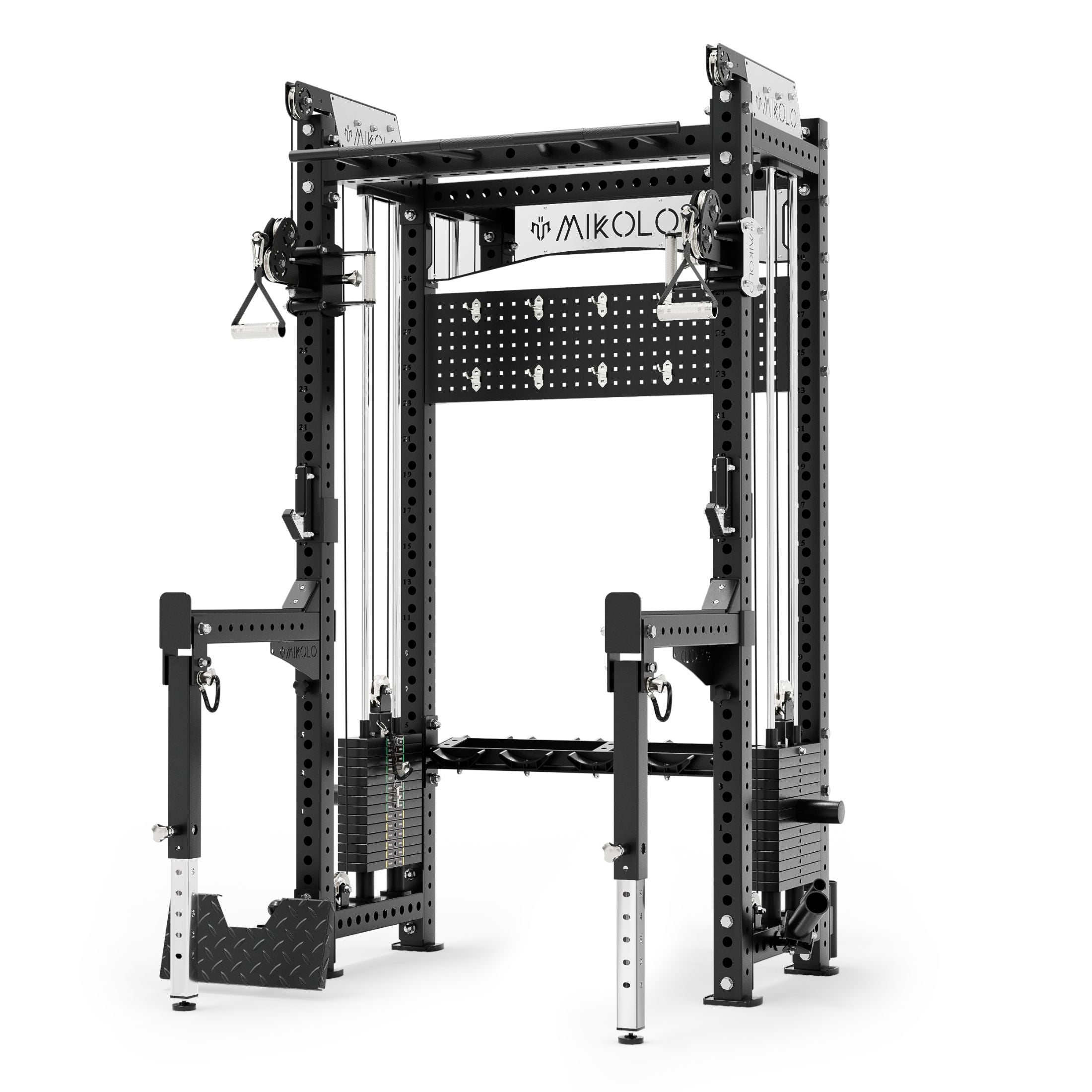
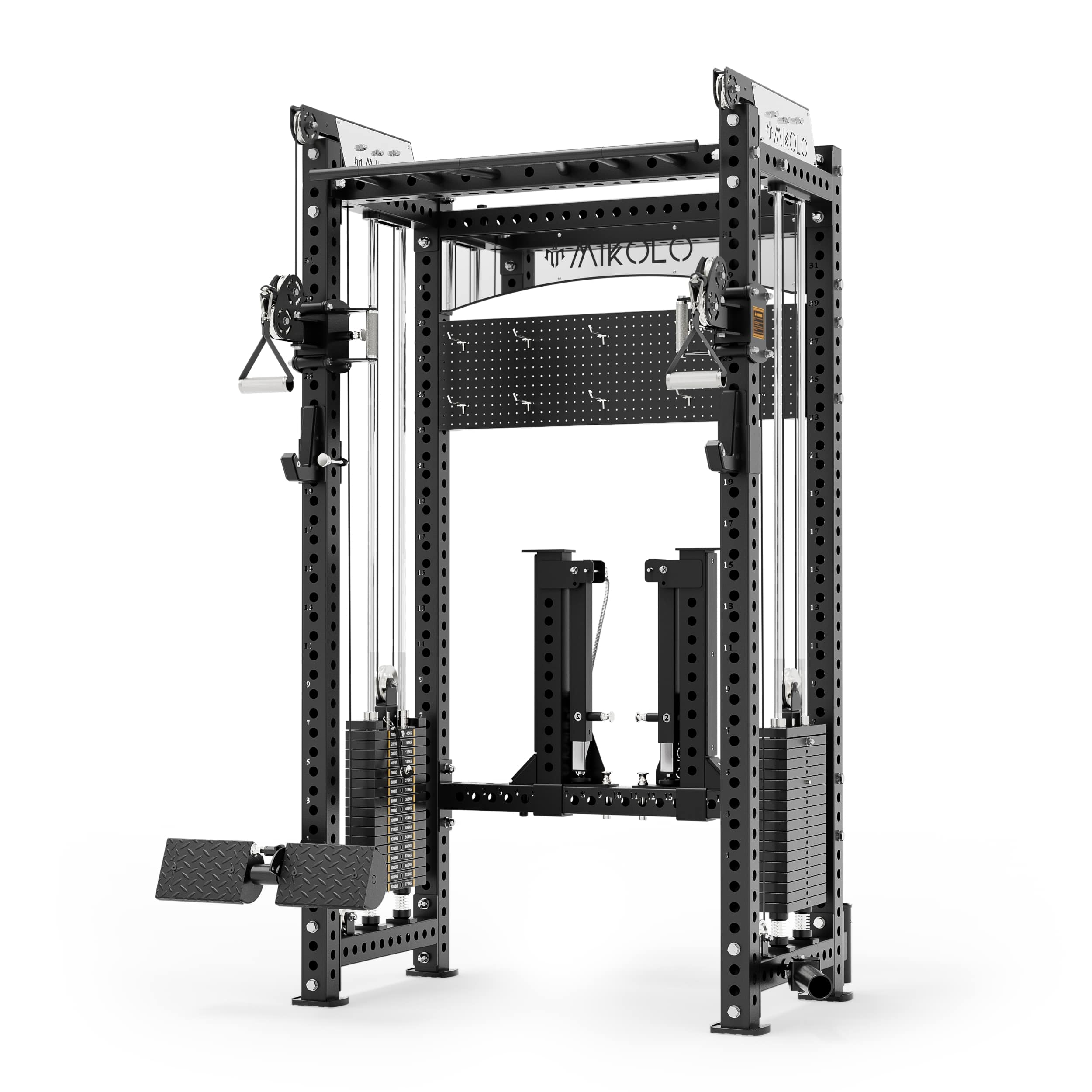
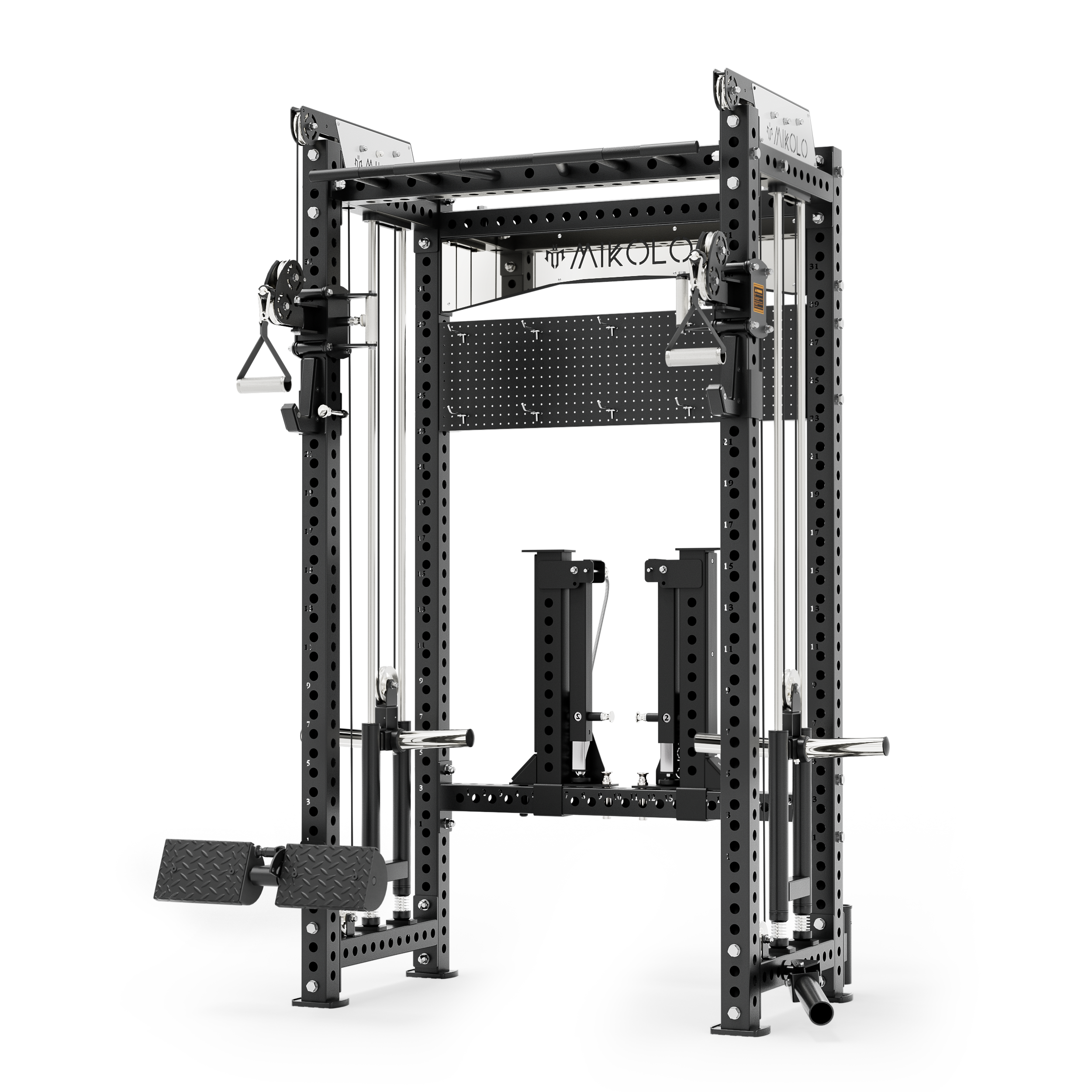


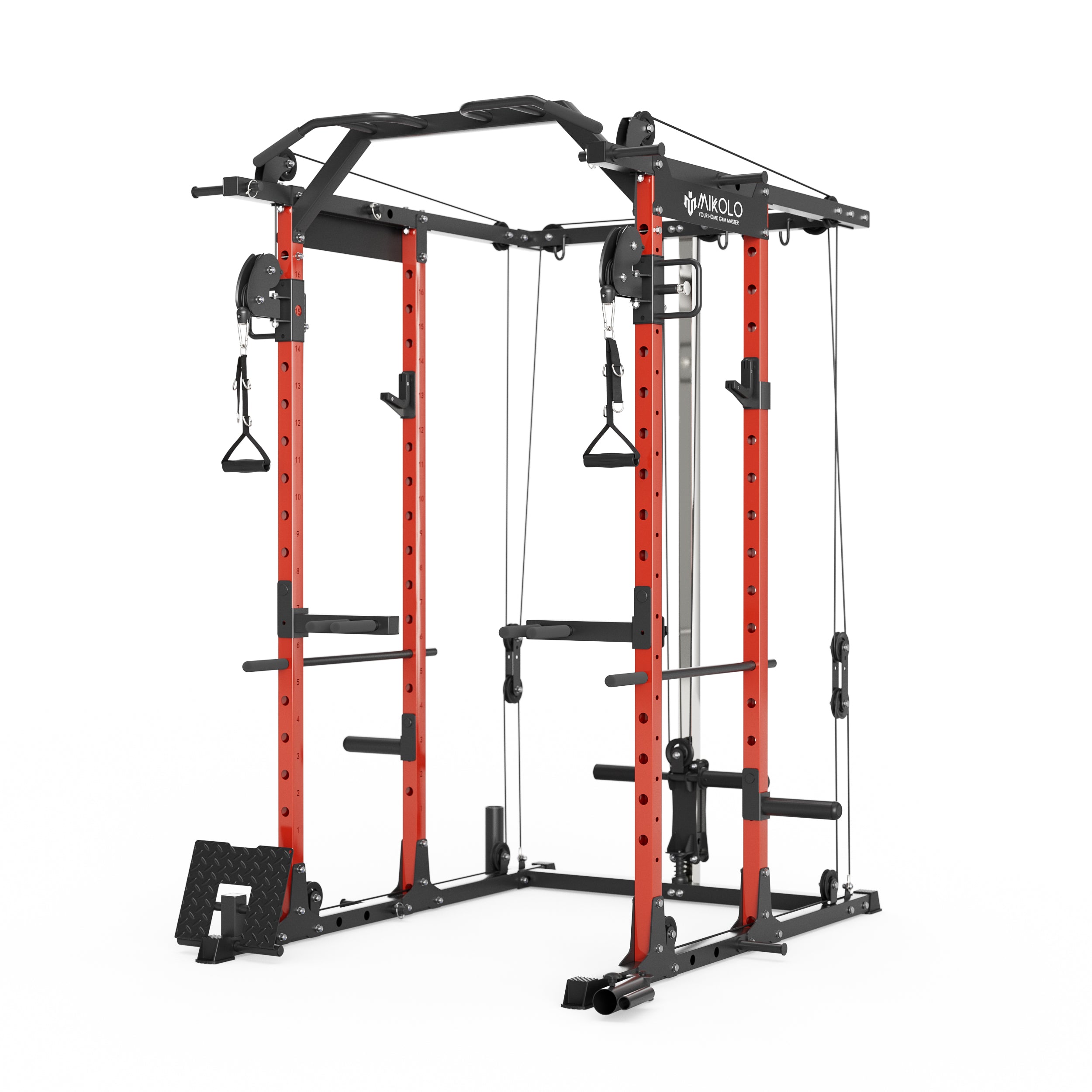
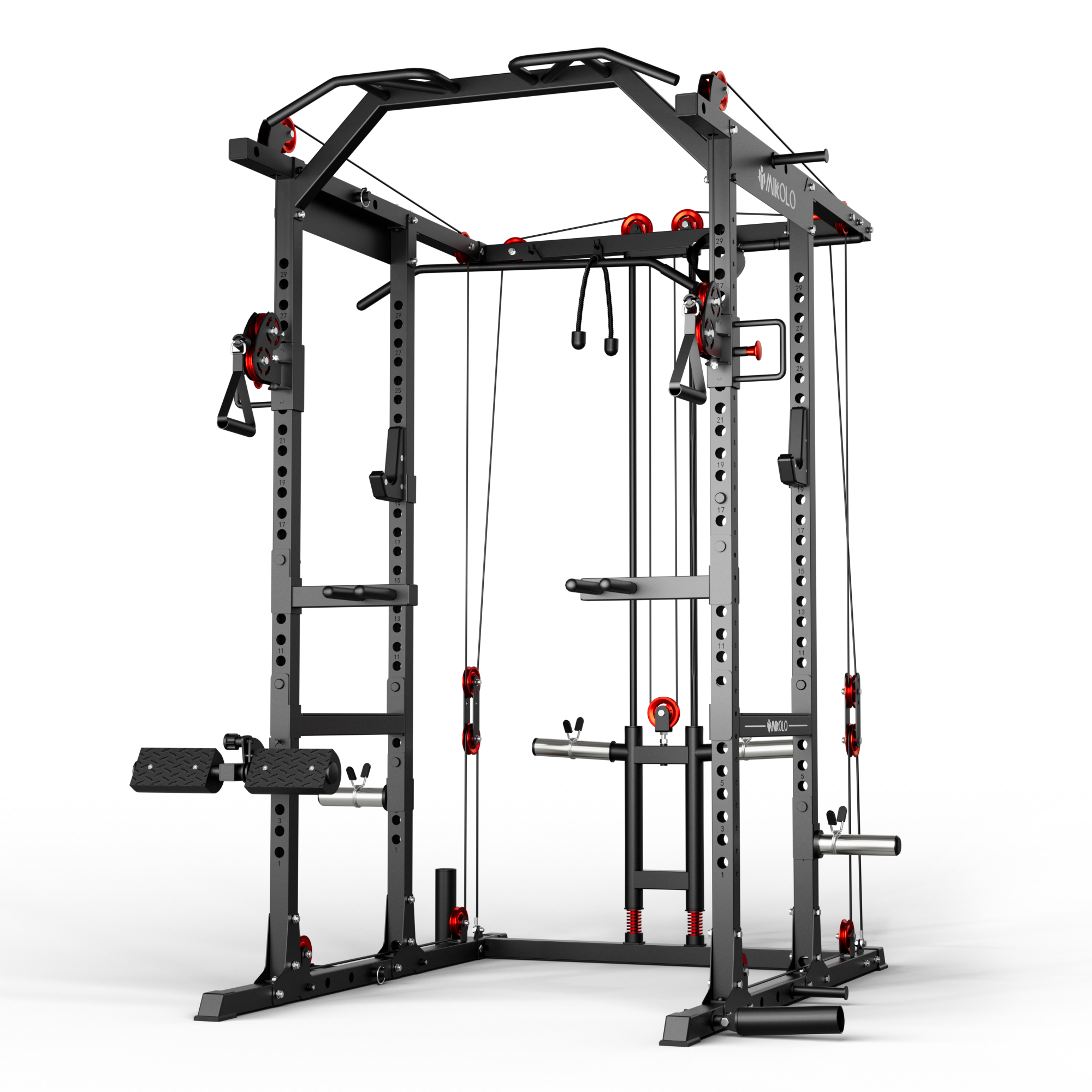

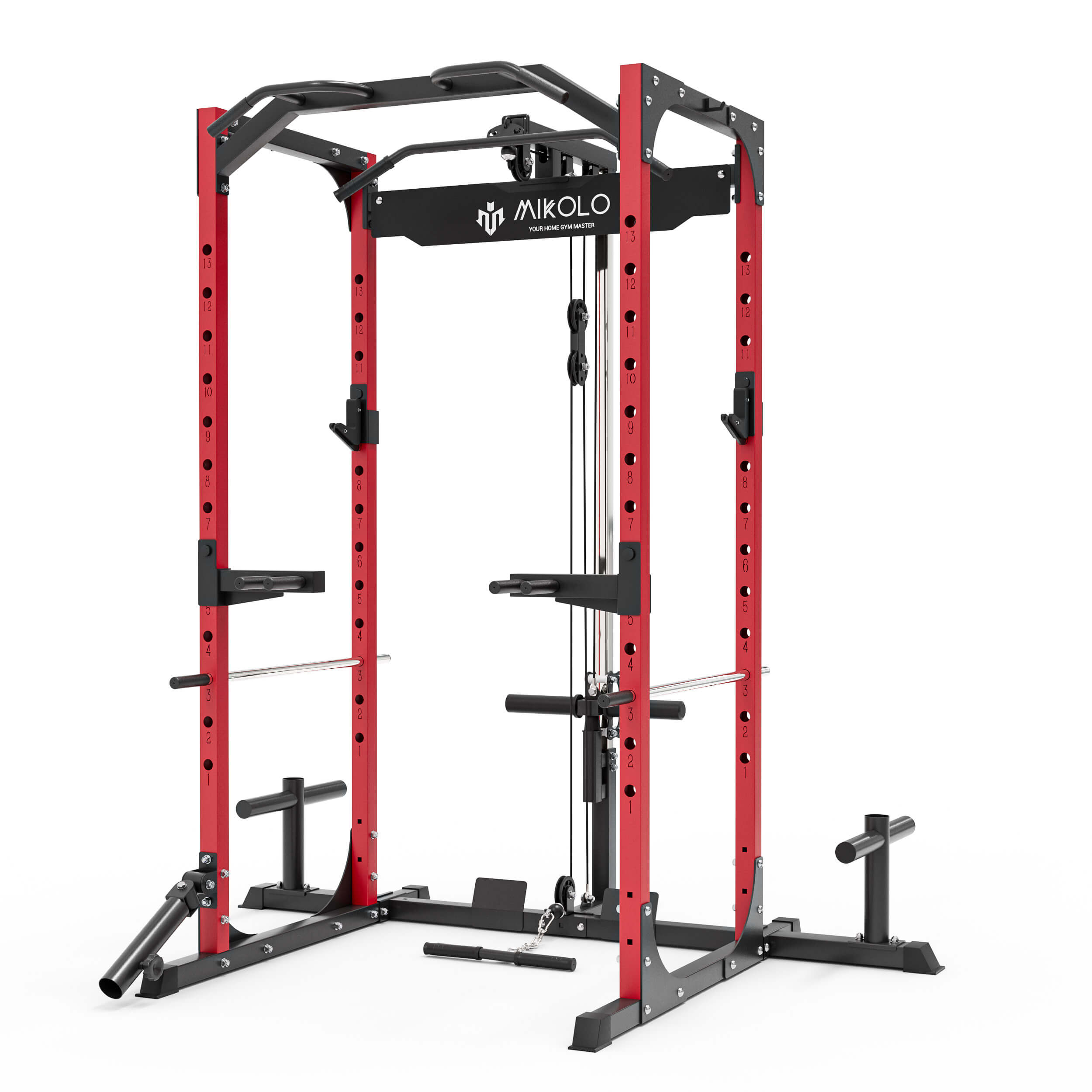

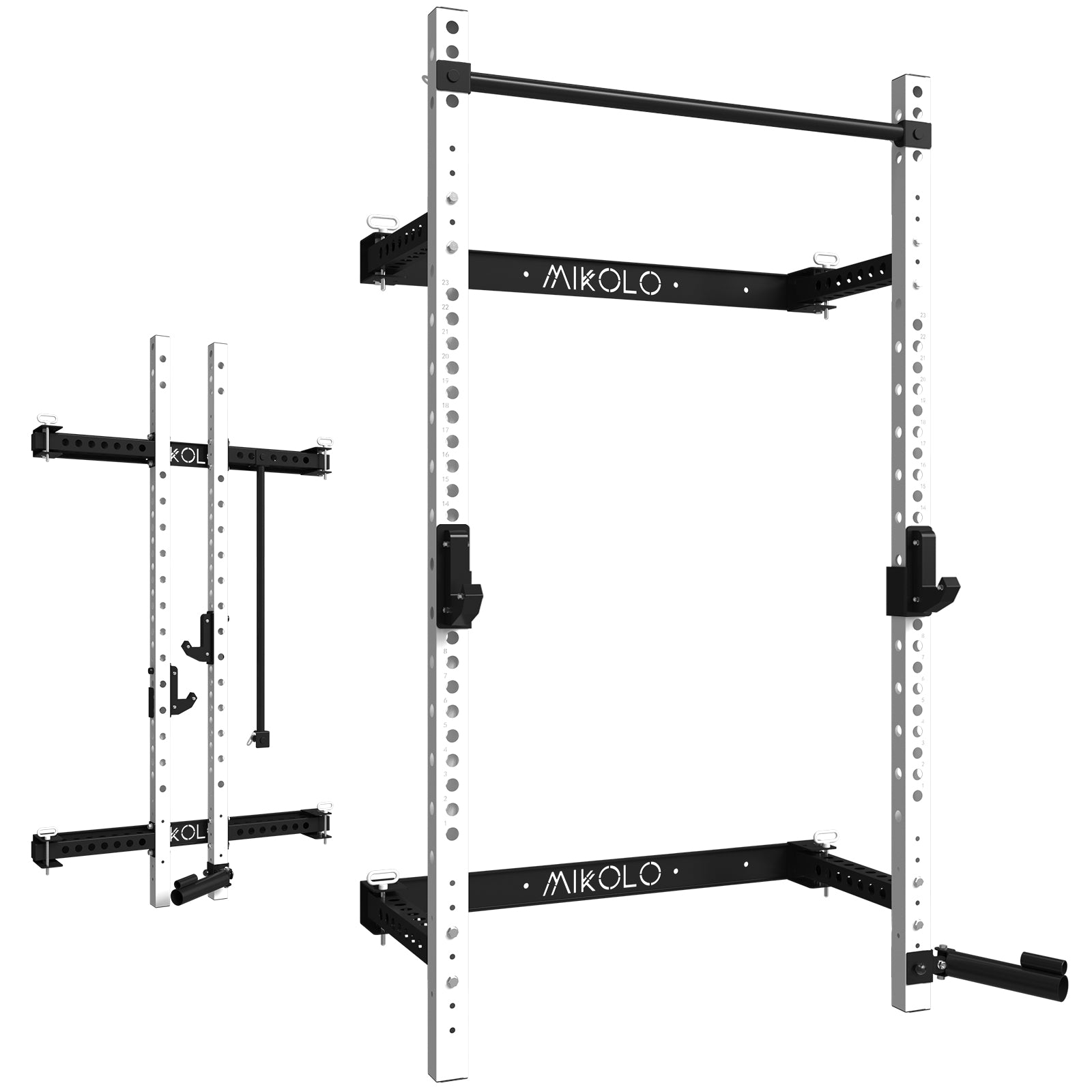

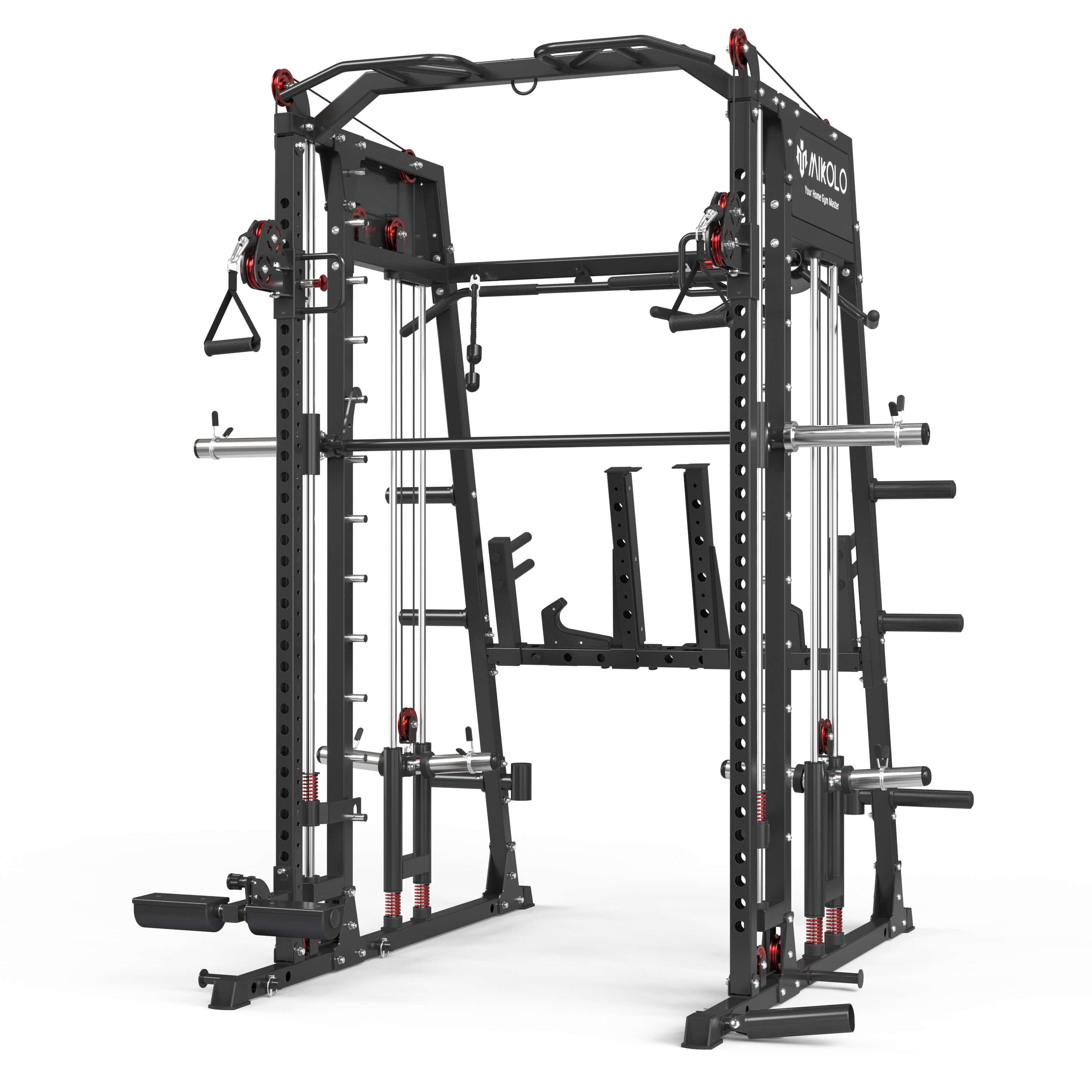
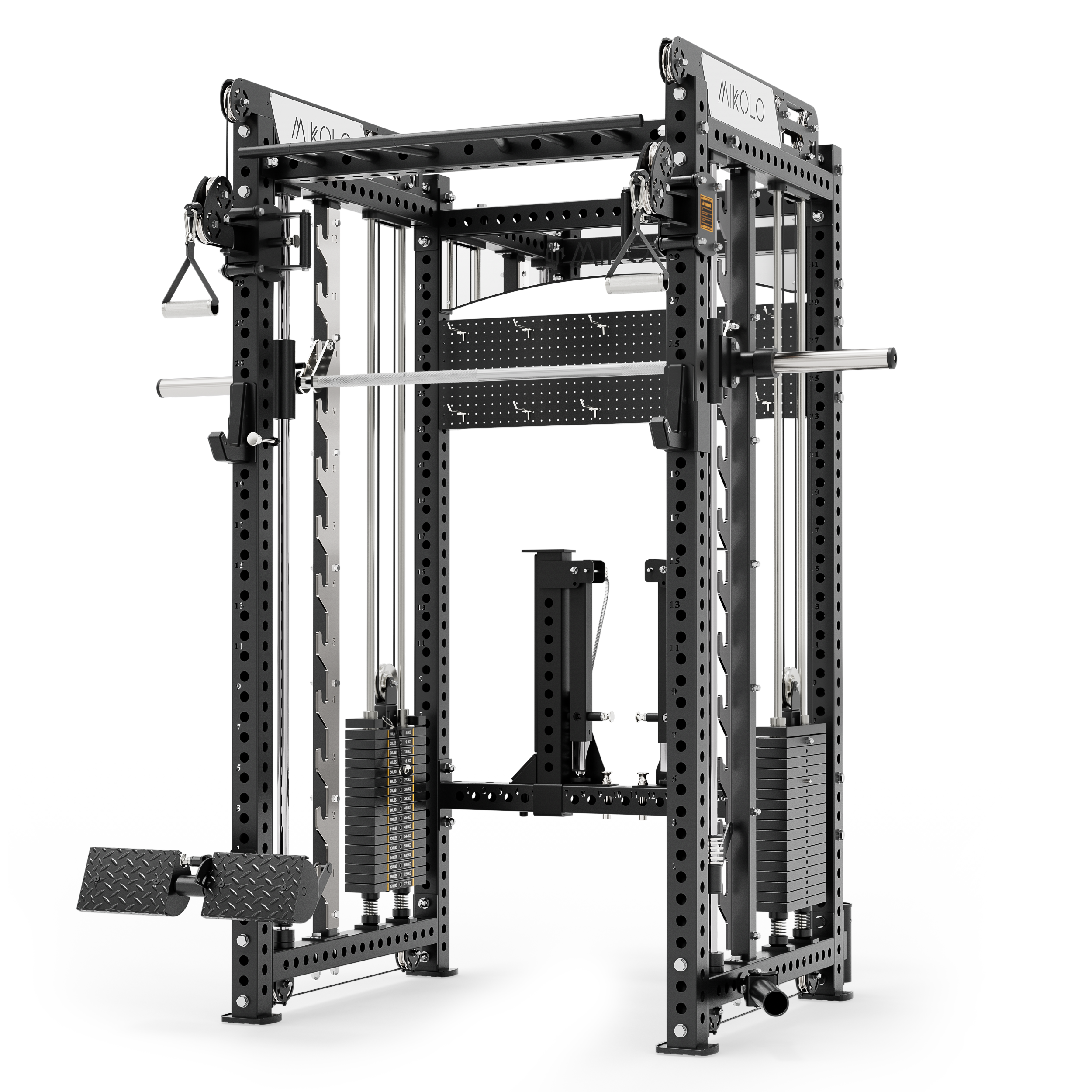
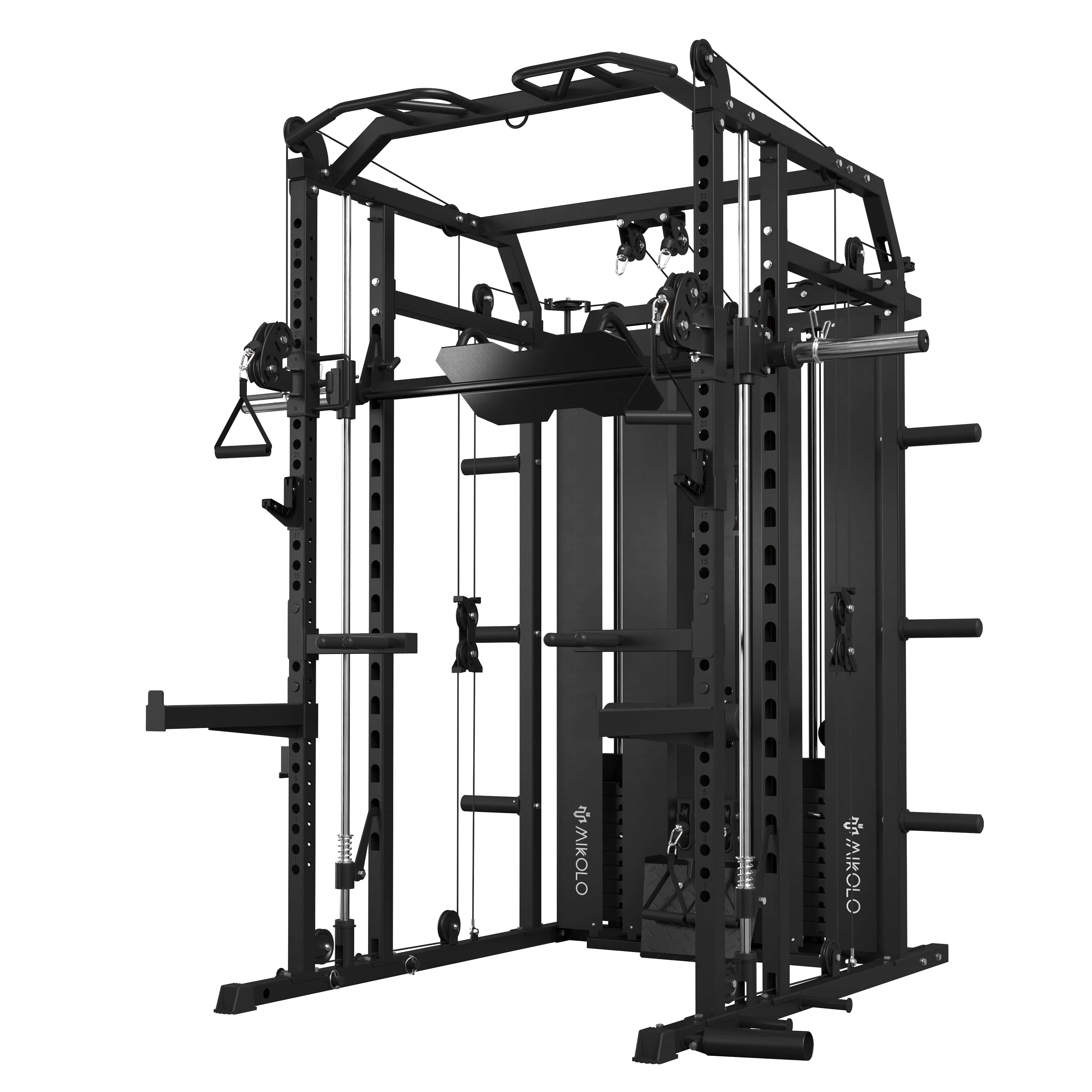
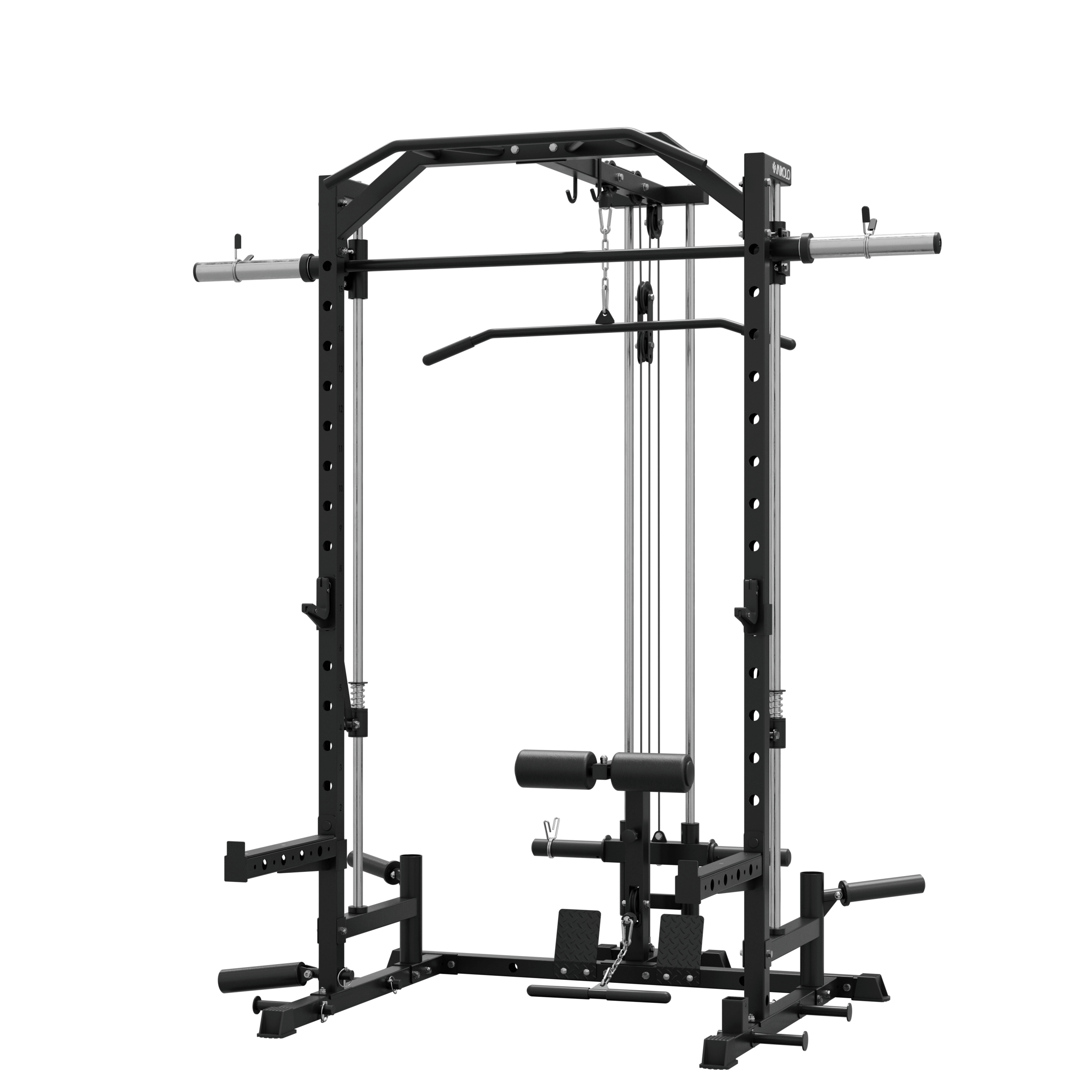
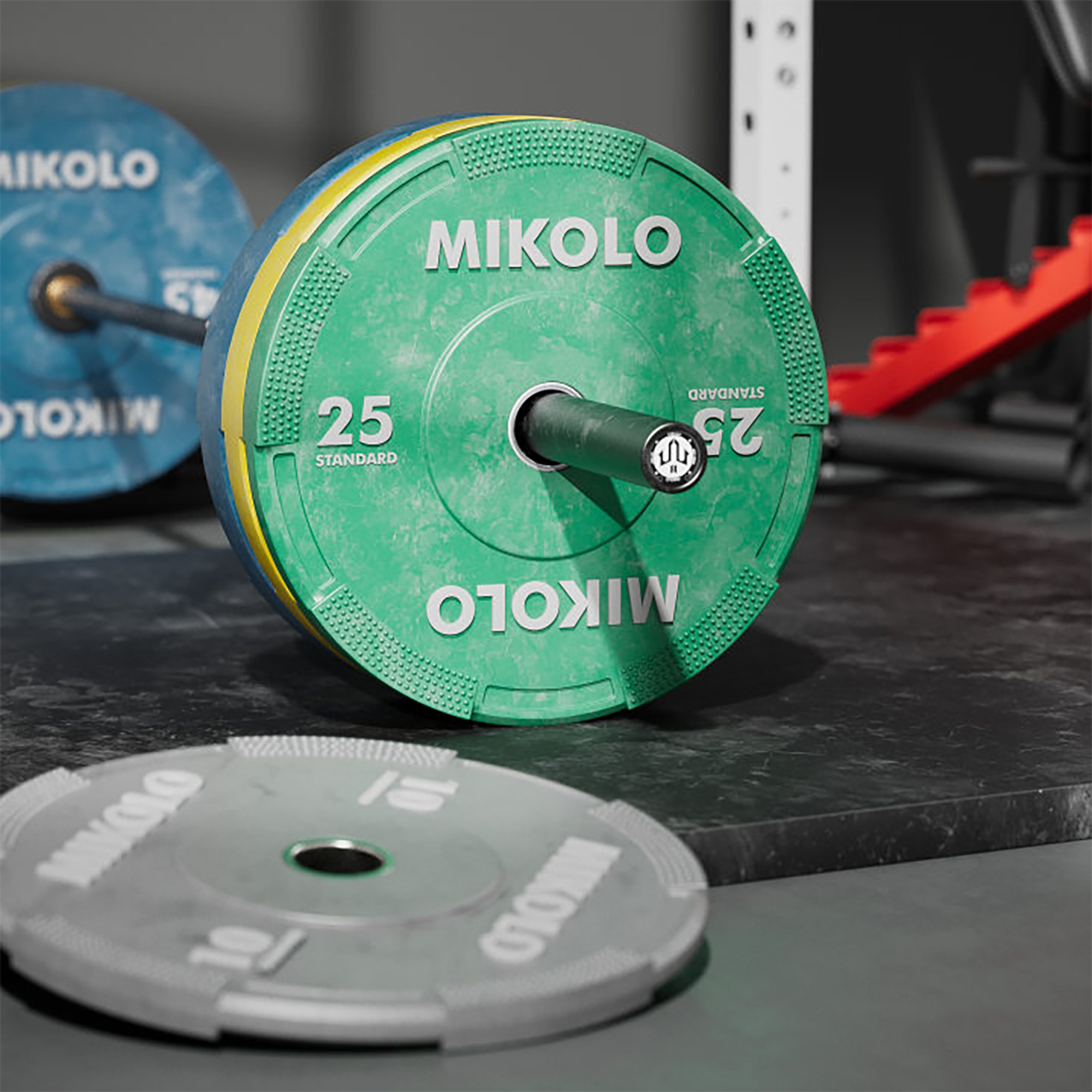






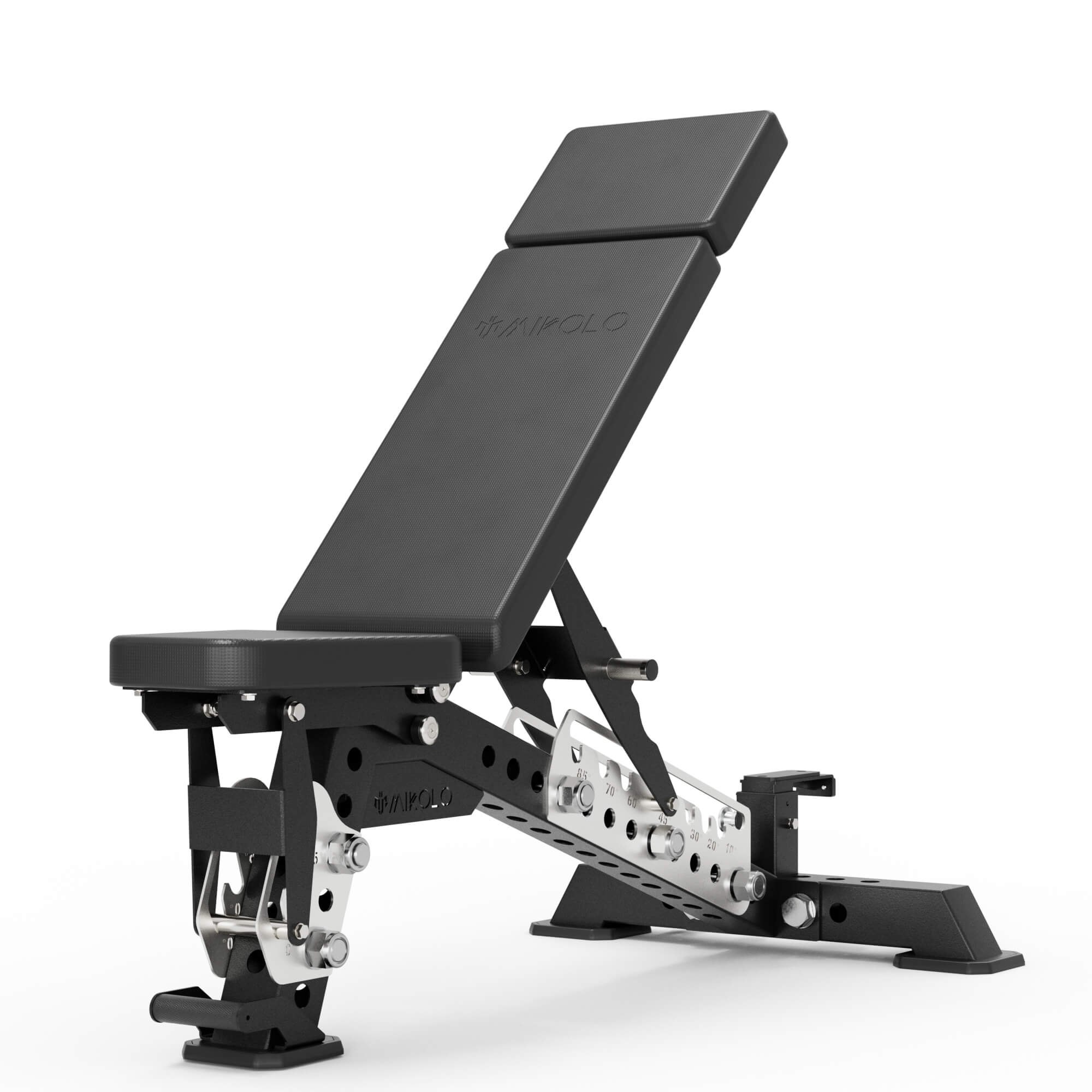
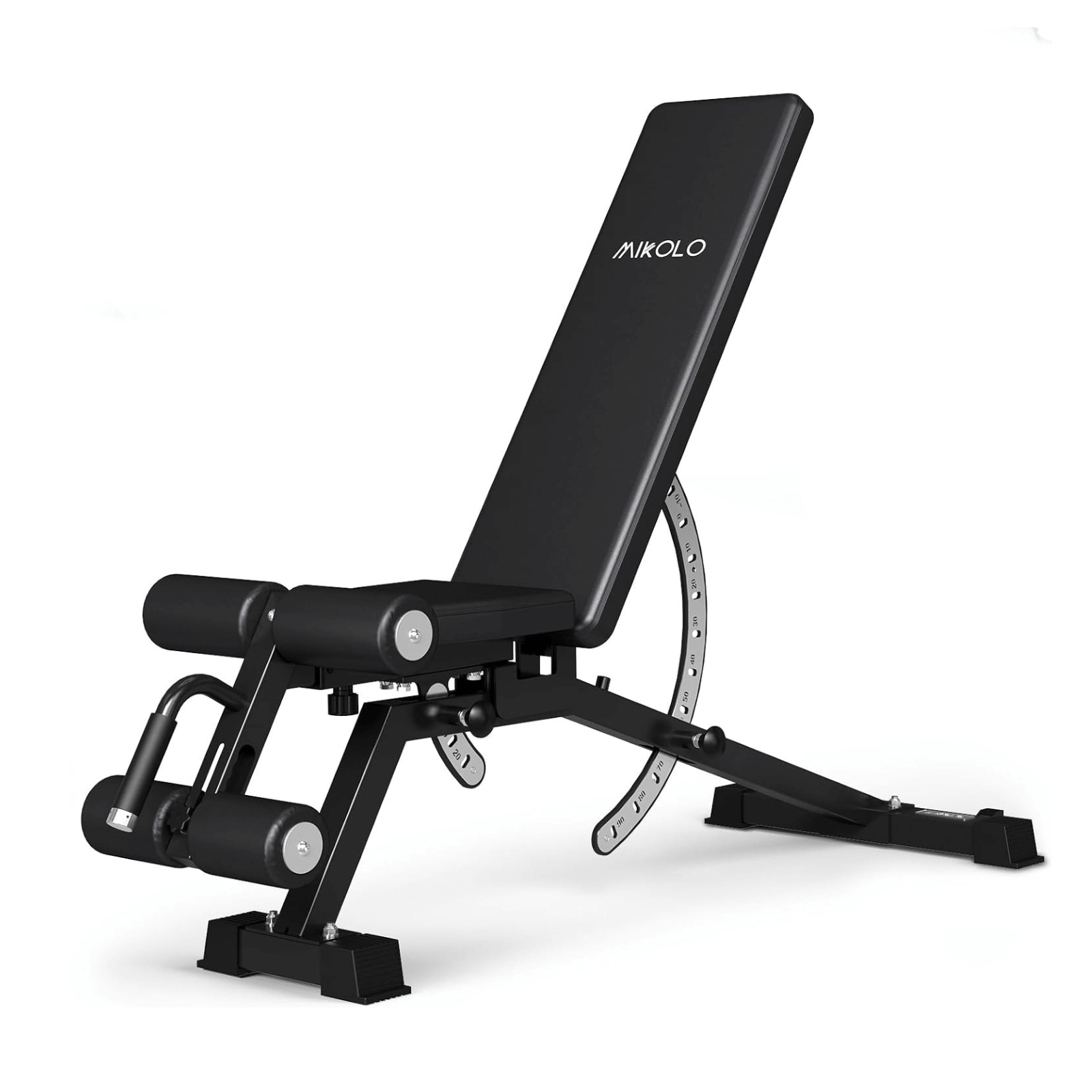




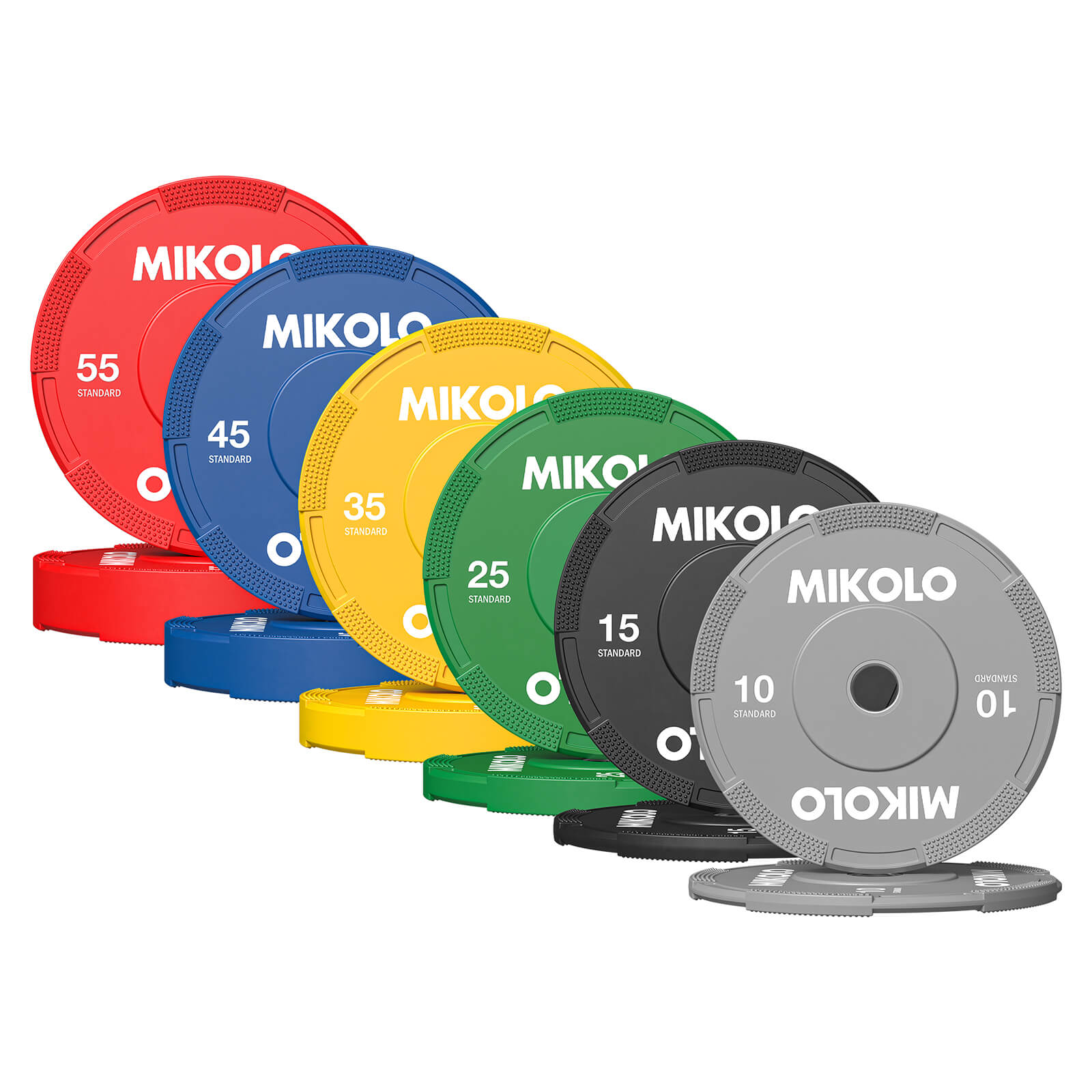
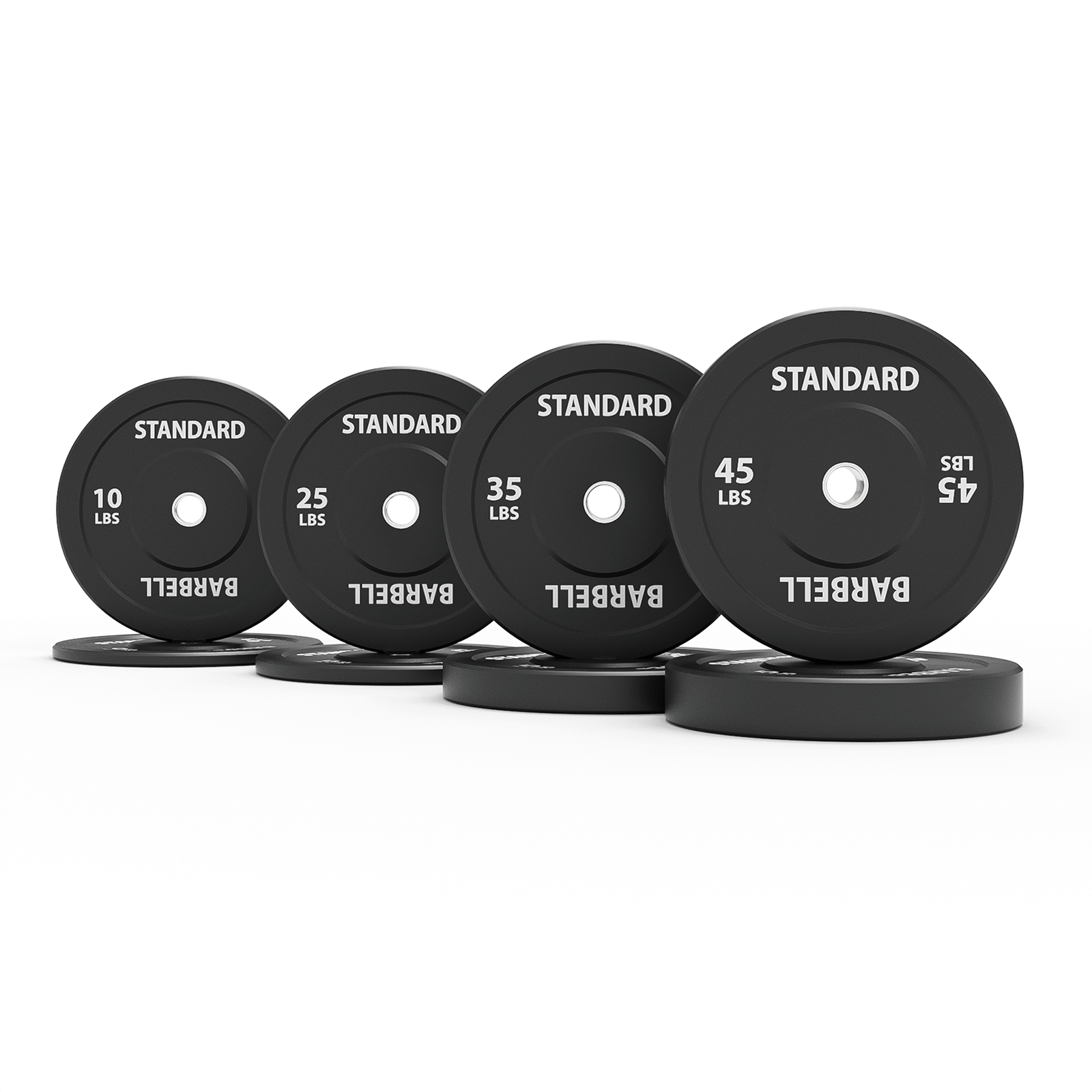
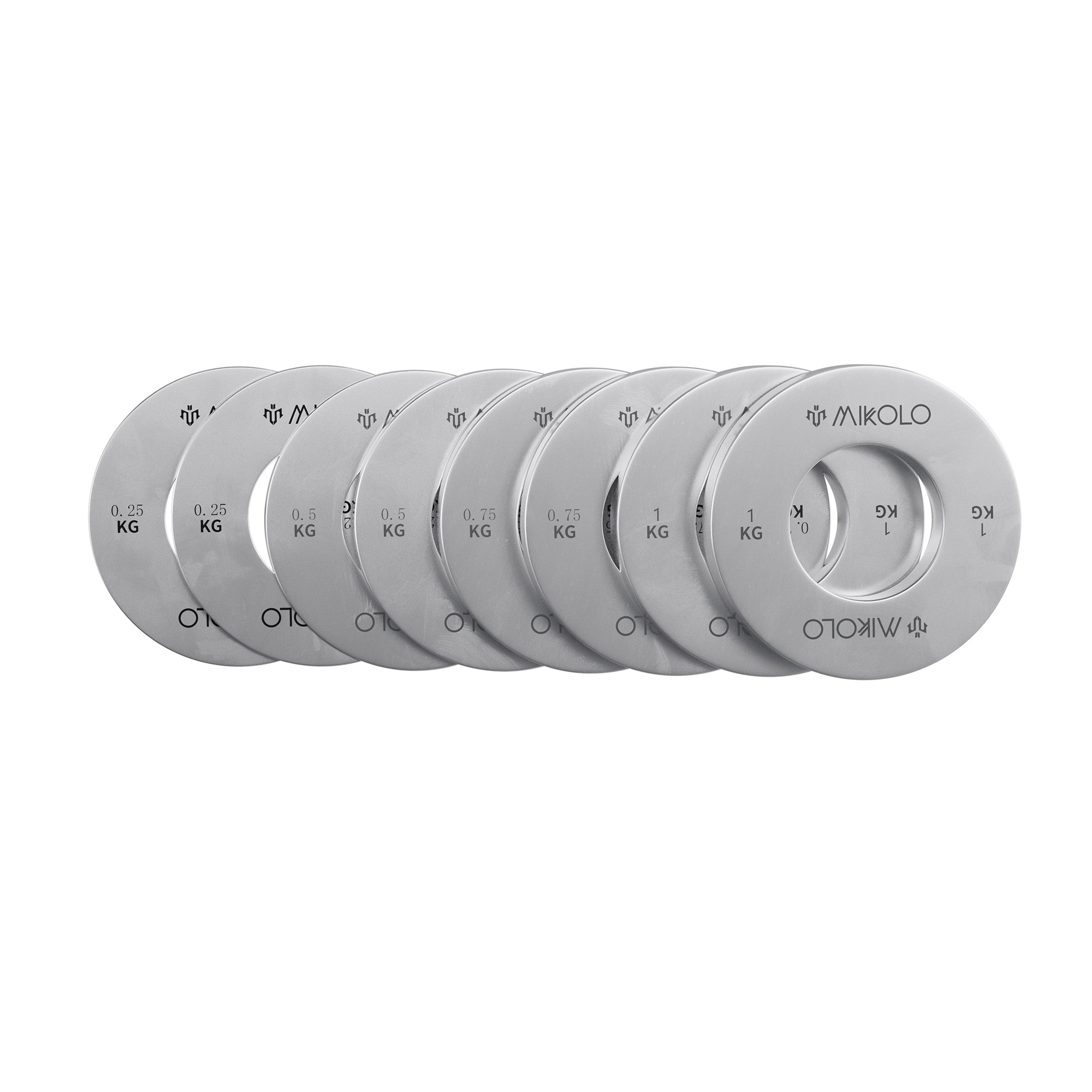
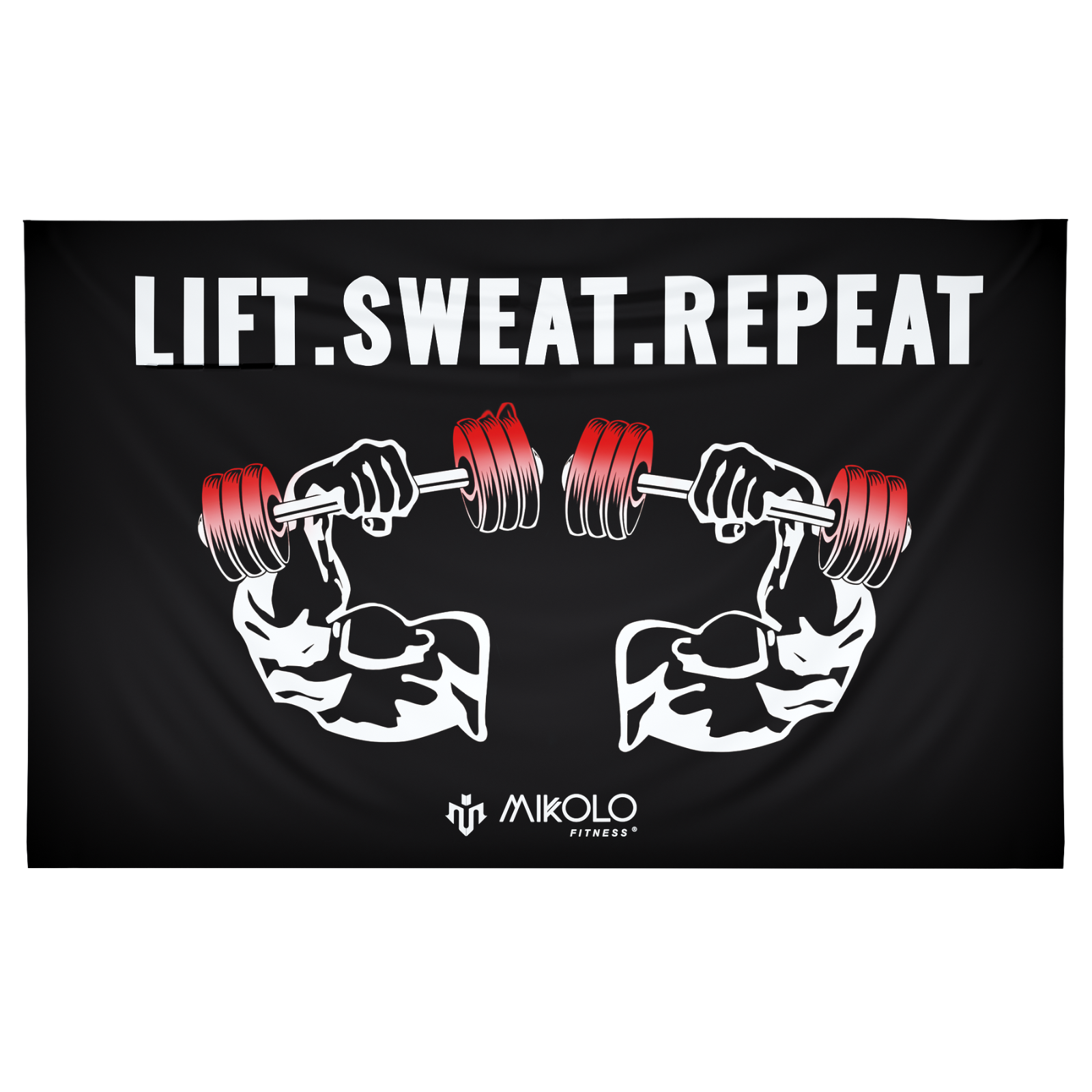
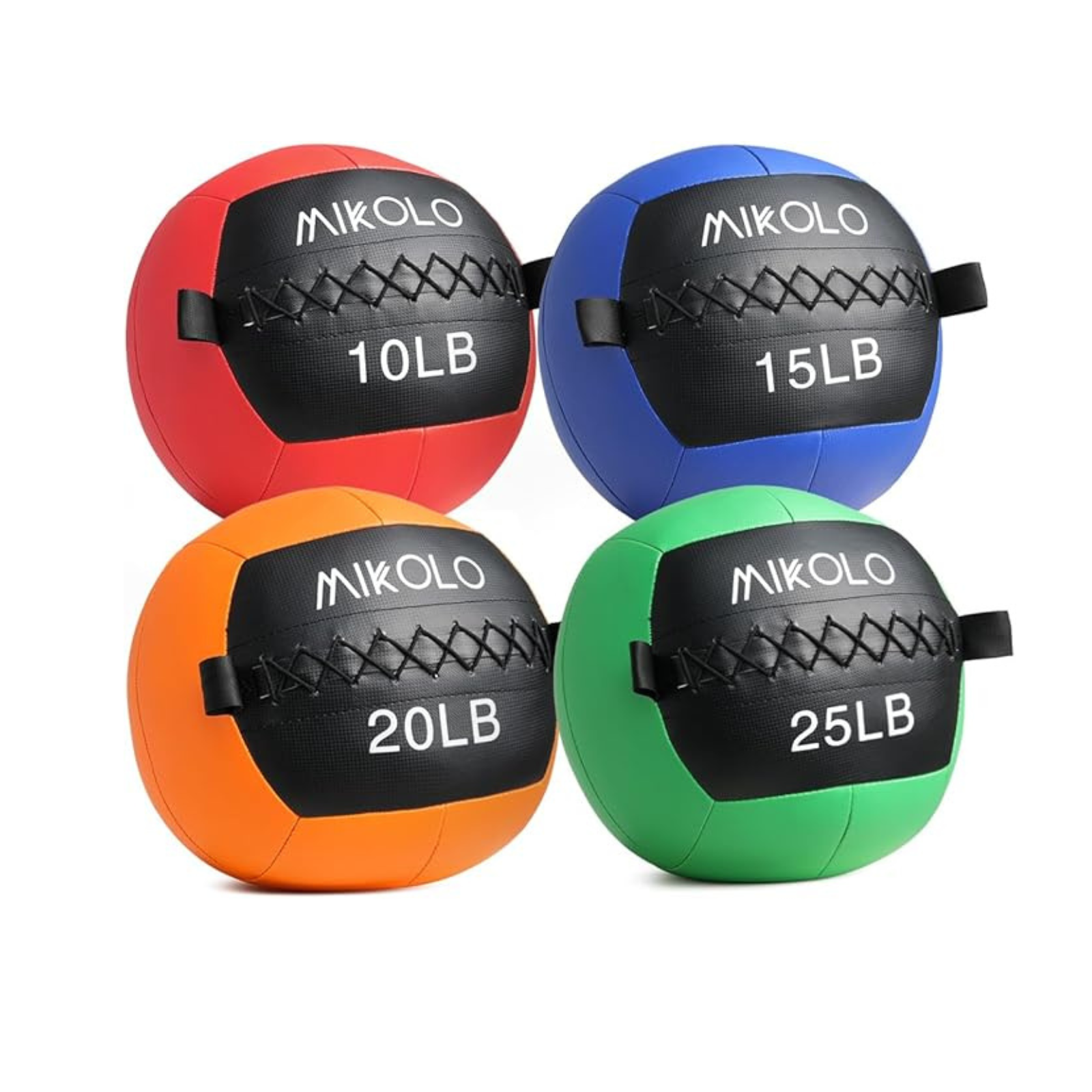
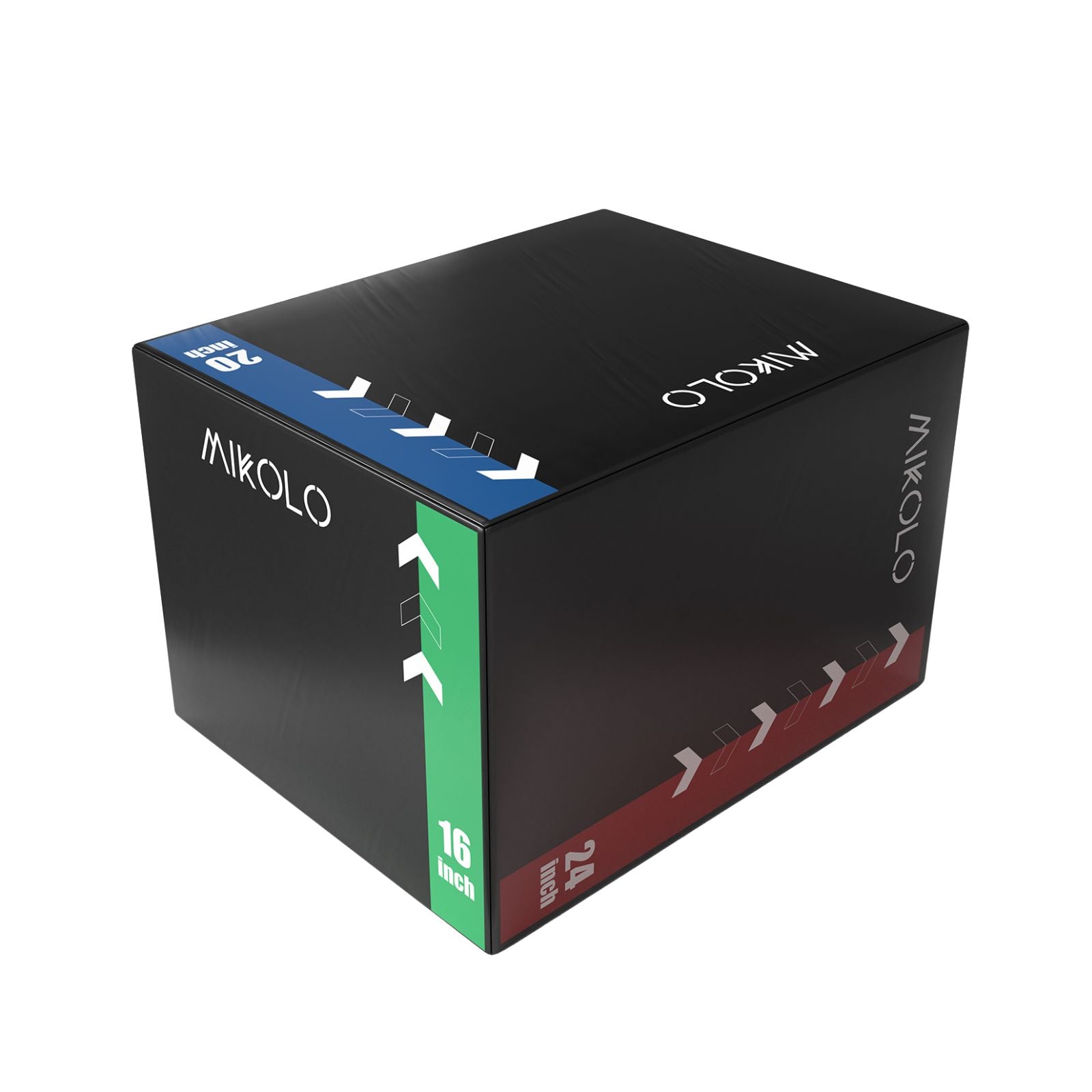

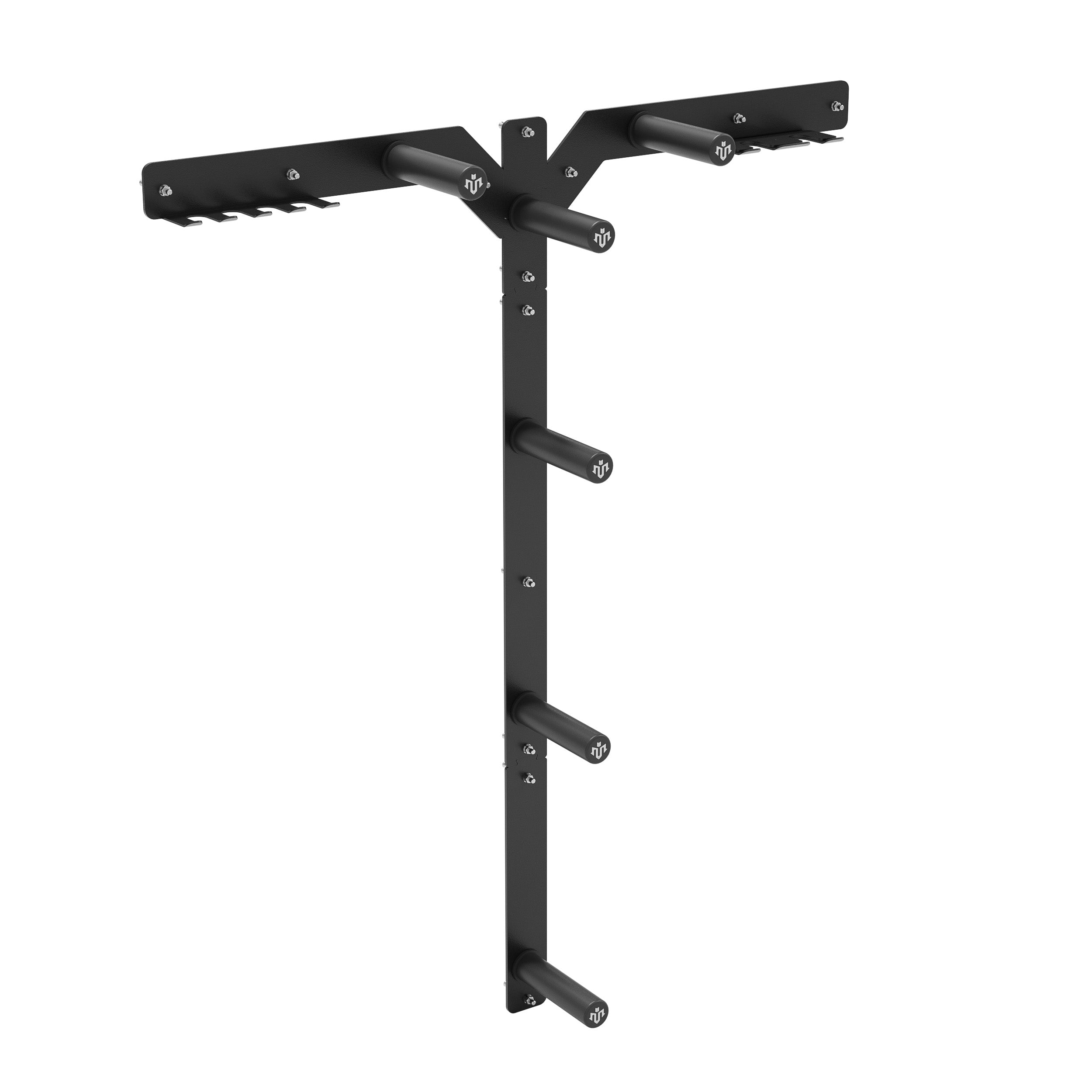




Leave a comment
This site is protected by hCaptcha and the hCaptcha Privacy Policy and Terms of Service apply.